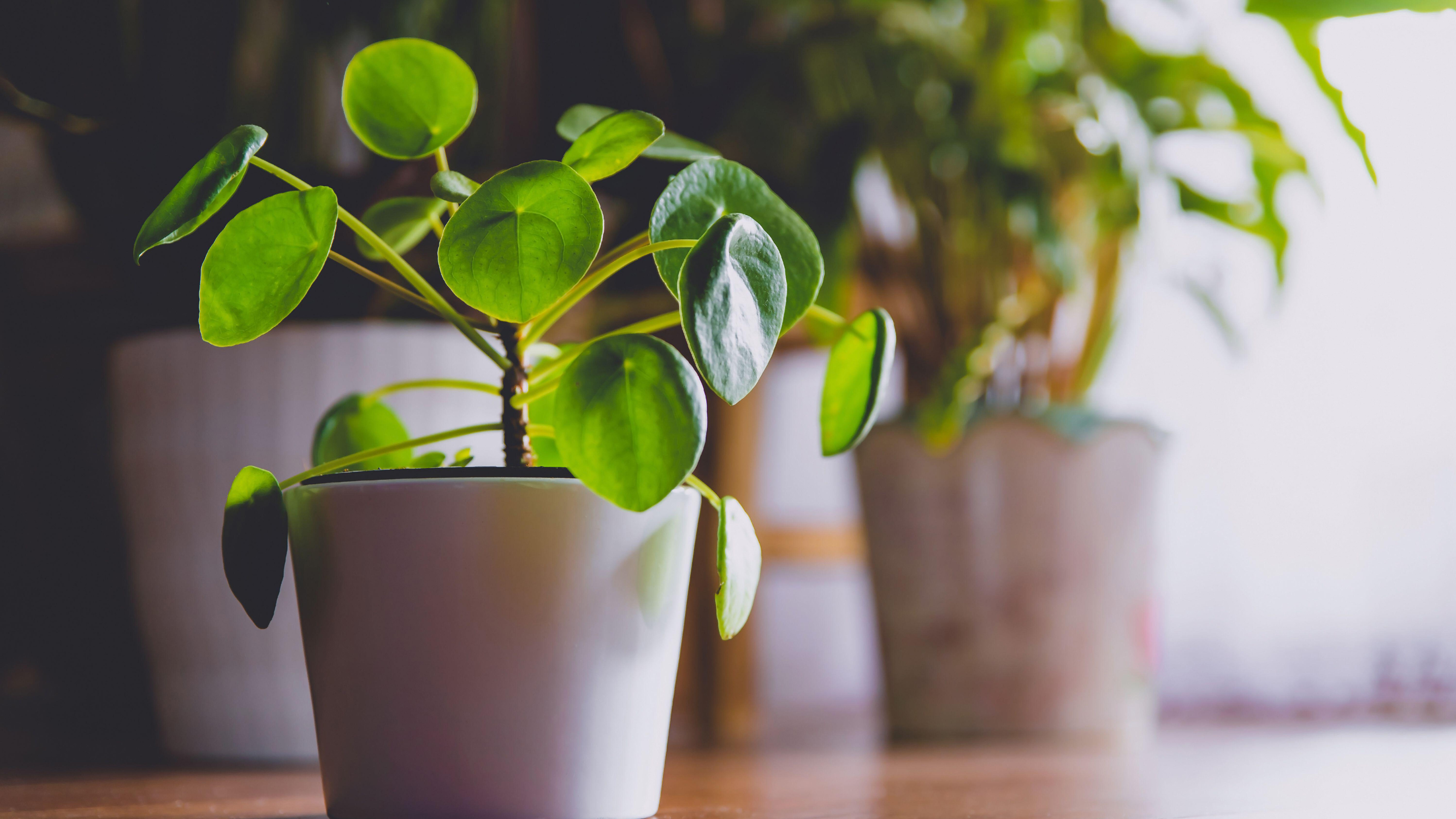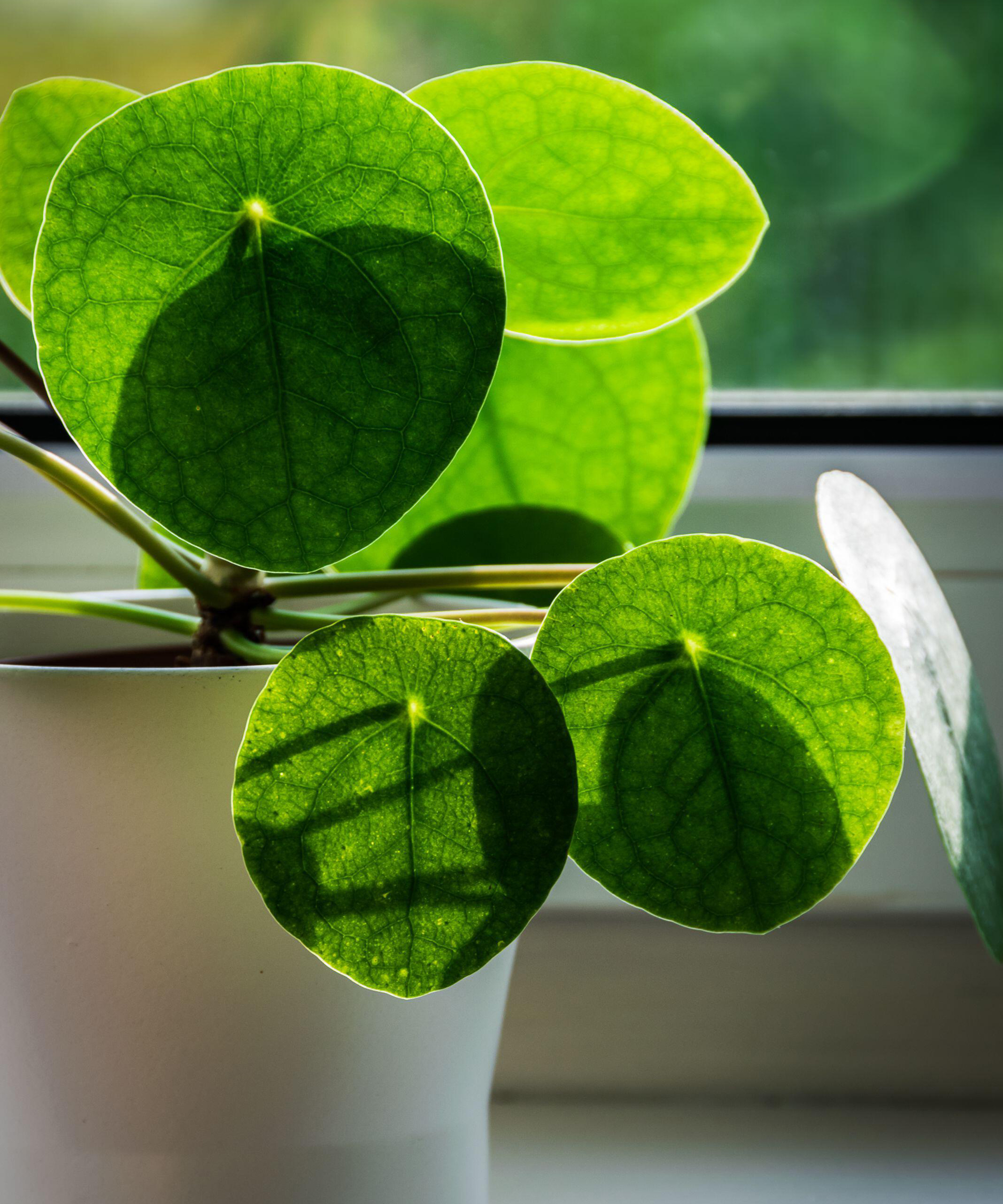Houseplant clinic: why is my Chinese money plant drooping?
Why is my Chinese money plant drooping? We've asked houseplant experts

'Why is my Chinese Money Plant drooping?' If you're asking yourself this question, your Chinese Money Plant is probably not doing so well. But what are the causes of this generally resilient plant drooping?
One of the best indoor plants, the Chinese Money Plant is beloved for its distinctive coin-shaped leaves that look especially pretty in the sunlight. Generally, Chinese Money Plants are not very fussy, but, like all plants, they have preferred conditions under which they will thrive. We've asked plant experts for the main reasons for Chinese Money Plant droop. Here's what they told us.

Why is my Chinese Money Plant drooping?
By far the most common reason for a Chinese Money Plant drooping is inadequate lighting. Jo Lambell, plant expert and founder of Beards & Daisies explains that 'for example, if this plant’s light source comes from one side, it may result in drooping and lopsided growth. Remedy this by ensuring your green friend gets the majority of its light from above. It’s worth noting that this plant responds quickly to sunlight, so rotate regularly to ensure it grows evenly, too.'
On the other hand, you don't want to overexpose your plant to direct sunlight, so think carefully about where to site your indoor garden. Richard Cheshire, plant expert at Patch Plants, said that 'Chinese Money Plants love soaking up the sun, but it's important that you're careful not to place them in direct sunlight, so keep yours off the windowsills. Instead, place them on a shelf or side table and let them bask in bright but gentle rays.'

Underwatering is another common cause for the Chinese Money Plant to start drooping, so Jo advises to 'water this plant when the top two inches of soil feel dry to touch.' Watering plants correctly is always crucial to them thriving. Richard adds that 'you'll know when it needs a tipple if the soil feels very dry or crumbly. This tends to be about once a week in summer and fortnightly in winter. For some extra TLC, spritz your Chinese Money Plant with a mister a couple of times a week to help keep the leaves hydrated.' Note that during the colder winter months, you may not need to water your Chinese Money Plant very much – go down to every other week, especially if you start to see yellowing leaves.
Finally, Chinese Money Plants dislike drastic temperature changes. Jo cautions that 'if the home of your Chinese Money Plant is too cold or experiences lots of drafts or dry air, this can make it unhappy. Move it somewhere warm and away from drafts, and it’ll thrive.' Richard recommends a temperature '13°C to 30°C (55°F to 86°F).' If it gets much colder where your plant is, move it to a warmer area. However, always avoid placing any house plant right next to a radiator, as the air will be too dry.
Follow these top tips and your Chinese Money Plant will soon be a thriving focal point of your indoor plant ideas once more.
Anna writes about interior design and gardening. Her work has appeared in Homes & Gardens, Livingetc, and many other publications. She is an experienced outdoor and indoor gardener and has a passion for growing roses and Japanese maples in her outside space.
